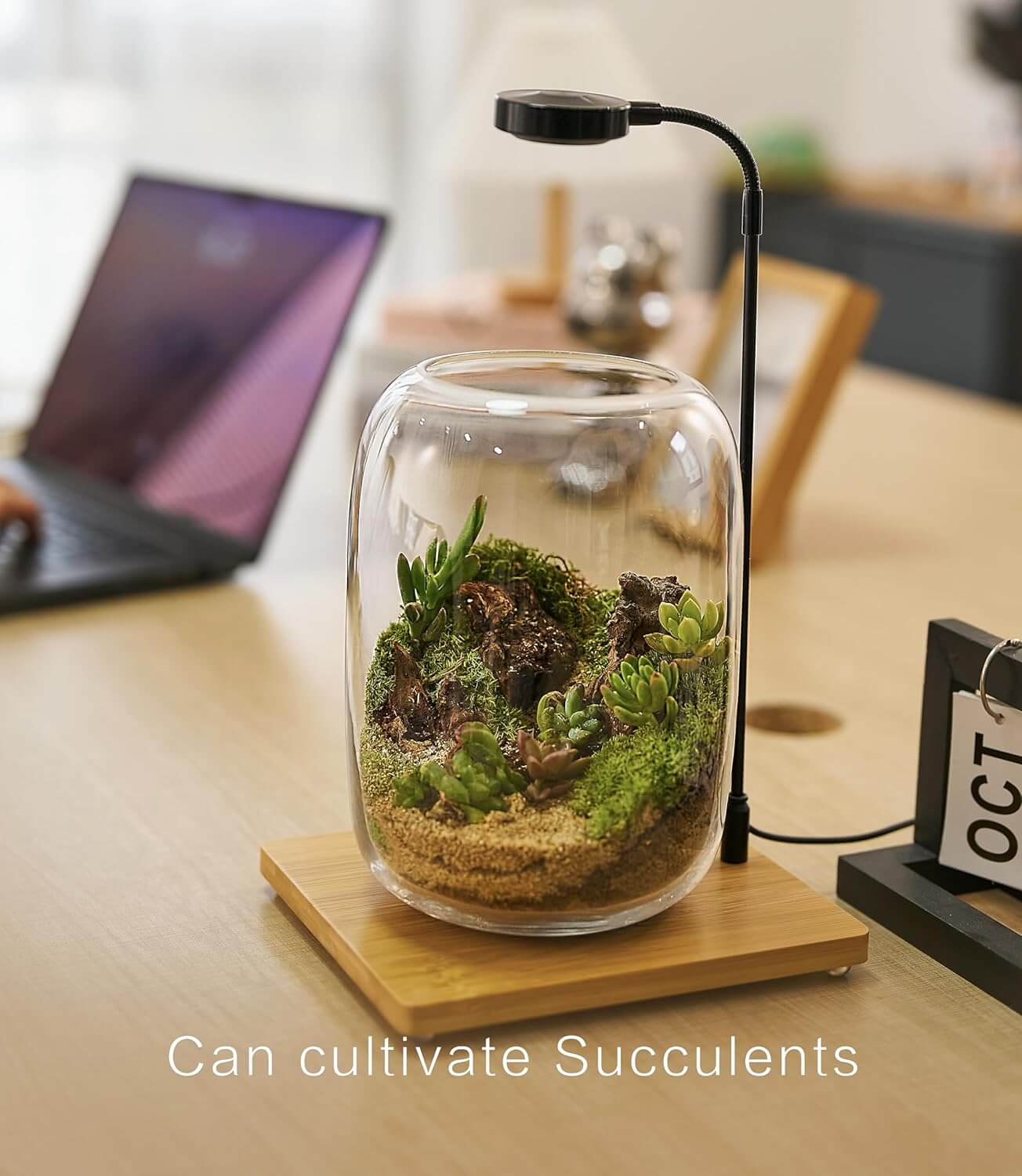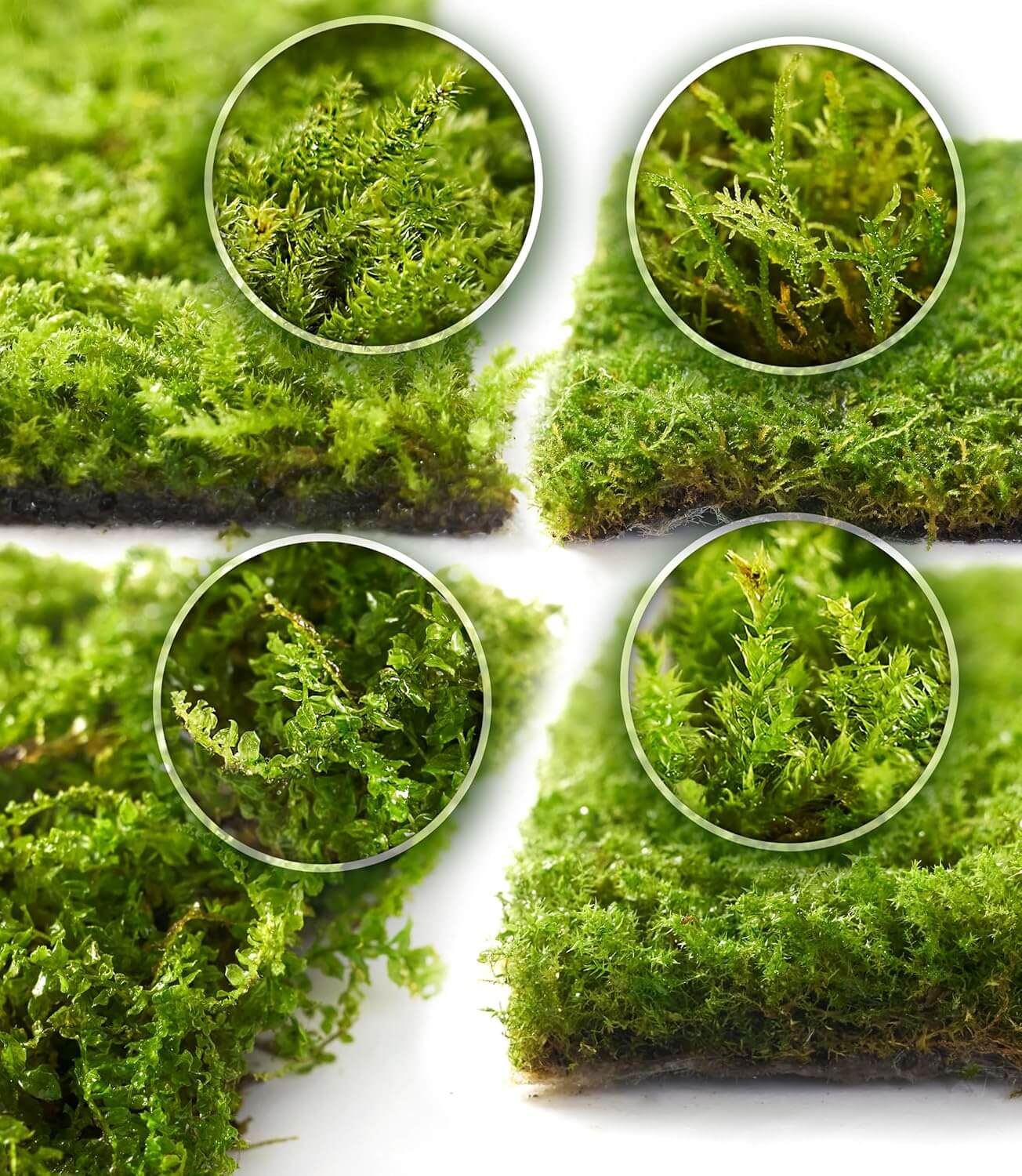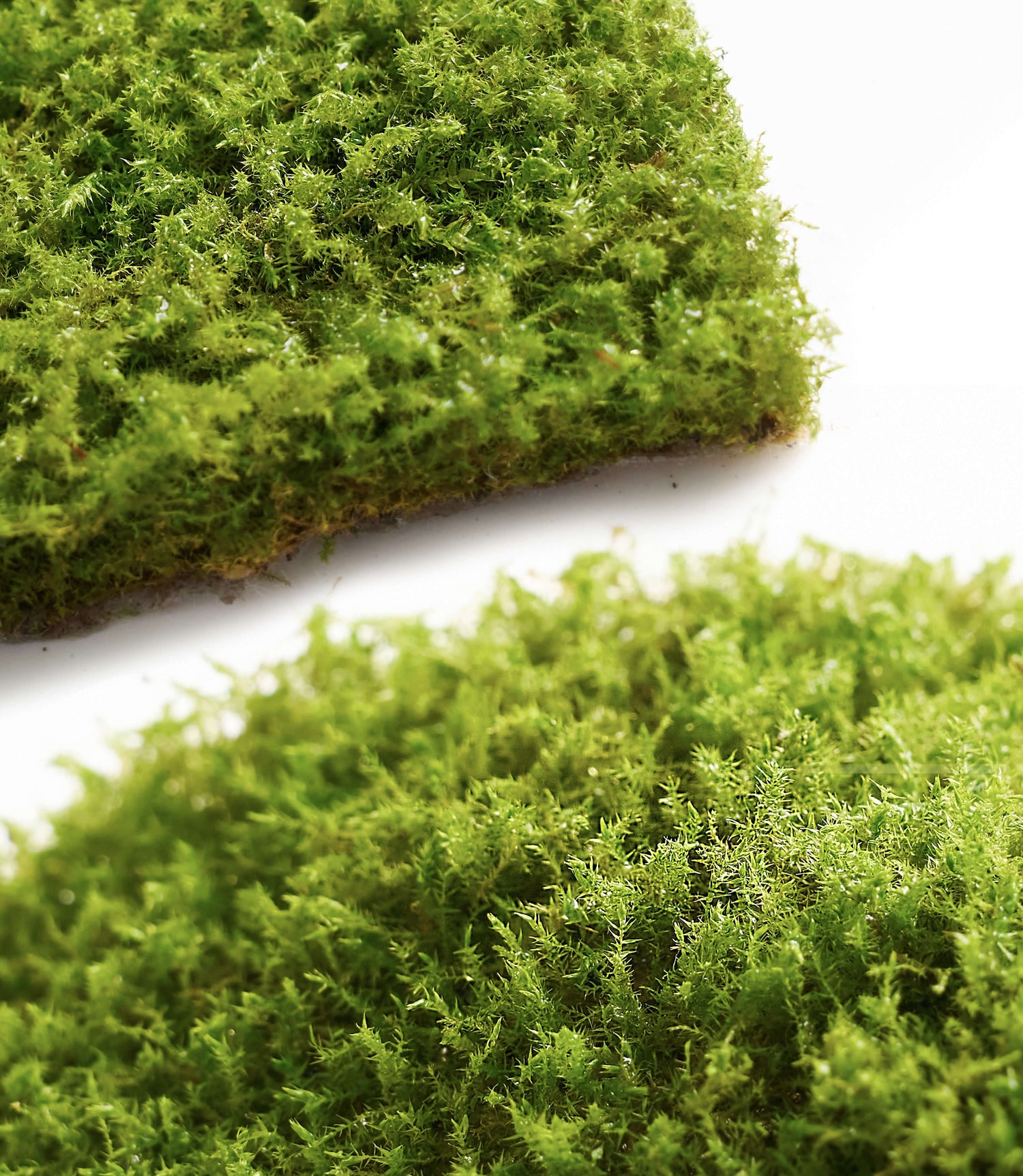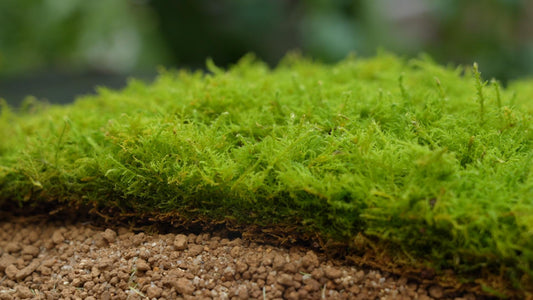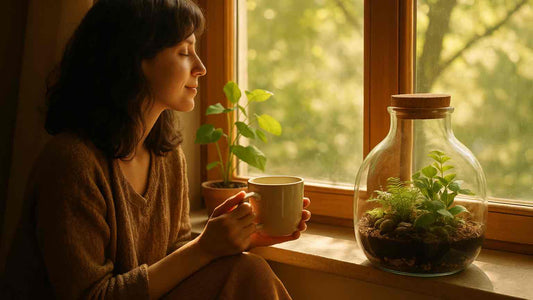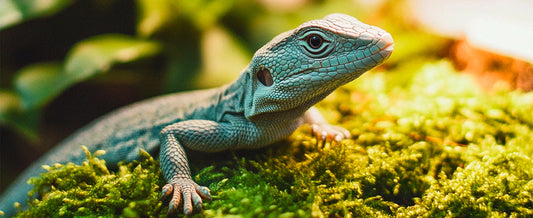How to Choose the Right Live Moss for Orchid Planting

In my early years, I used peat moss for orchids, and it worked really well, offering excellent water retention and air permeability. Whether used to wrap the aerial roots of a Phalaenopsis or as a cushion at the bottom of an orchid pot, peat moss helped the orchid’s roots flourish. However, every time I repotted, I found that the peat moss became sticky and rotten over time, turning grayish-white and losing its vitality. This was especially true in the summer, when peat moss decayed rapidly. I had to repot every two or three months, being extremely careful to avoid damaging the roots—a real hassle.

Later, I tried usinglive moss for orchids and fell in love with it. Every time I looked closely, I could see tiny water droplets clinging to the lush green leaves—fresh, clean, and odorless. I often choose two, both of which I’ve tried and tested:
I use Large Gray Moss the most. I remember the first time I used it to cover my Dendrobium orchids, I pinched a handful to get a feel for its texture. It was soft, like a small rug. When laying it, I left about half an inch gap to prevent the roots from suffocating. Later, I discovered that it traps splashes of mud during watering, allowing water to drain quickly, keeping the orchid moist but preventing rotting. Aerial roots spread freely, making the orchid more vibrant than using only sphagnum moss<. Sometimes, when I plant Phalaenopsis orchids on epiphytic boards, I insert clumps of Large Gray Moss into the gaps. Over time, it clings tightly to the orchid, allowing the roots to thrive without becoming tangled.

Later, I saw White Hair Moss (Leucobryum) at a friend’s house and tried it too. Its silvery-white leaves contrast beautifully with the green leaves of my spring orchids. A thin layer of moss keeps it neat and prevents overgrowth. Even after a week without watering, the moss still felt slightly moist, and the orchid’s leaves remained fresh—a testament to its impressive water-retention capacity. The orchid’s roots remained white and healthy, showing no signs of suffocation.
However, I’ve made mistakes. Once, I covered my black orchid so thoroughly with moss that it even covered the sides of the pot. Within two weeks, the moss had turned yellow, the soil had become too moist, and the root tips began to turn black. Since then, I’ve always left about half an inch gap around the edges for better ventilation. Another time, I didn’t remove the withered moss quickly, and it started to mold. To protect the orchid, I quickly brushed it off.
Now, whenever I repot an orchid, I feel the moss first and then carefully spread it around the roots. Watching the new roots emerge alongside the healthy orchid moss reassures me that I made the right choice. Of course, even with the best care, problems can arise—especially in hot and humid environments, where bacteria can grow under the moss. We can talk about pathogens next time.

